-
-
-
- Services pour bioprocédés
- Services pour centrifugeuse et rotors
- Services pour Mastercycler
- Services pour automates de pipetage
- Services pour congélateurs
- Services pour incubateurs
- Services pour agitateurs
- Services pour appareils de photométrie
- Service de contrôle de la température et de l’agitation
- Service pour pipette
-
-
-
-
- Services pour bioprocédés
- Services pour centrifugeuse et rotors
- Services pour Mastercycler
- Services pour automates de pipetage
- Services pour congélateurs
- Services pour incubateurs
- Services pour agitateurs
- Services pour appareils de photométrie
- Service de contrôle de la température et de l’agitation
- Service pour pipette
-
-
- Centrifugeuses de paillasse
- Centrifugeuses au sol
- Centrifugeuses réfrigérées
- Microcentrifugeuses
- Centrifugeuses multi-fonctions
- Centrifugeuses haute vitesse
- Ultracentrifugeuses
- Concentrateur
- Produits IVD
- High-Speed and Ultracentrifuge Consumables
- Tubes de centrifugeuse
- Plaques de centrifugeuse
- Gestion des appareils
- Gestion des échantillons et des informations
Vous vous apprêtez à quitter ce site.
Veuillez noter que votre panier actuel n’est pas encore enregistré et ne pourra pas être affiché sur le nouveau site ou lors de votre prochaine visite. Si vous souhaitez enregistrer votre panier, veuillez vous connecter sur votre compte.
Tubes Ergonomics - Eppendorf PhysioCare Concept®
Lire moins
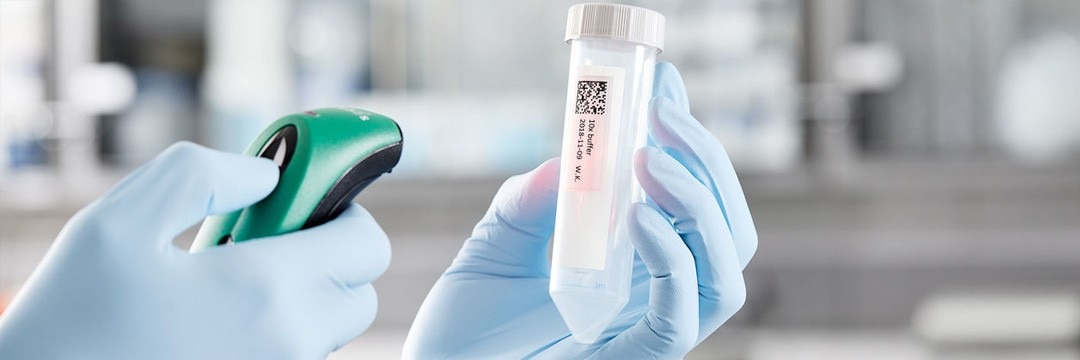
Consider the tubes you use, too
Your processes and workflows require you to invest a lot of time and a lot of resources. In the end, much of your success depends on the care and handling of your valuable samples.After spending countless hours considering the many devices and steps utilized to create samples, don’t neglect giving adequate consideration to what type of tube you will use to store your samples. The range is immense: 0.2 mL, 0.5 mL, 1.5 ml, 2.0 mL, 5 mL, 15 mL, 25 mL, or 50 mL. Flip cap or screw cap, transparent or amber, sterile, lowbind, or standard?
Classic approaches of ergonomics like weight or noise level are less important for tubes but there are other aspects to consider.
Lire moins
Lire moins
Do you need more contrast for legibility?
Quite often, labels are placed on the caps of conical tubes. The darker the color of the vessel’s lid, the more difficult it is to read the label – regardless of how legible or illegible the handwriting is.
Light-gray caps provide greater contrast for most of the colors used to label a vessel. If the label is easy to read, fewer errors are likely.

Was it the seventh or the eighth well in the third row when the phone rang …?
Does the seventh well in the third row now already get the enzyme or not? When in a hurry, people easily forget details when items are not clearly marked.
The high-contrast alphanumeric labeling of the wells support better and faster well identification and therefore reducing pipetting errors.
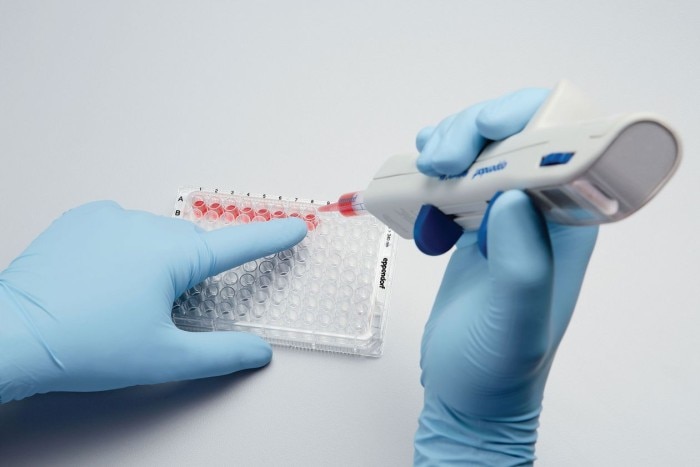
Unnerved by rolling lids during bench work?
When doing pipetting work at the bench, many users remove the caps from the conical vessels and place them upright on the bench surface to reduce the risk of contamination.
As many of these lids are round, they tend to roll away.
Antirolling caps are corrugated to avoid this effect – they keep the cap where you put it. In addition, the flattened, grooved sides make opening and closing far easier.
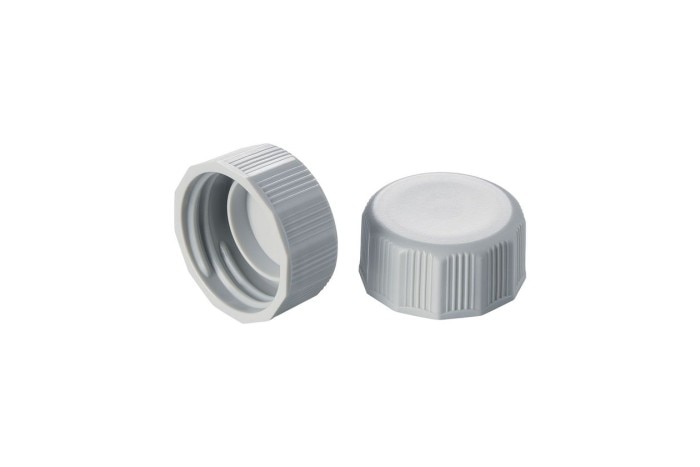
Can opener needed for your tubes?
Some samples tubes have very tight closing mechanisms. The snap-lock vessels are more „lock“ than „snap“.
Simple, practical, and ergomic single-hand operation for both microtubes and conical tubes (0.2 to 25 mL) enables fast and easy processing without stressing the finger and wrist muscles.

What exactly is my sample?
Over the years, scientists produce hundreds and thousands of samples. All tubes look the same.
Using different colors for the microtubes helps you sort and find your samples again: DNA samples are stored in clear tubes, for instance, protein samples are stored in blue tubes, and buffers are stored in yellow tubes.

Trying to decipher a vessel label?
“Stored vessels must be labeled” – basically, every lab member confirms this. In reality, you always find some (or even more) vessels in your freezer without any labeling or with a labeling based on hieroglyphs. In many labs, there is a second rule: Label-free vessels get tossed as soon as they are found.
Clear writing ensures samples are properly identified. Printed paper labels with clear duct tape instead of handwriting can be read by everyone in the lab. At a minimum, each tube should be marked with the sample’s name, date, owner, and concentration where necessary.
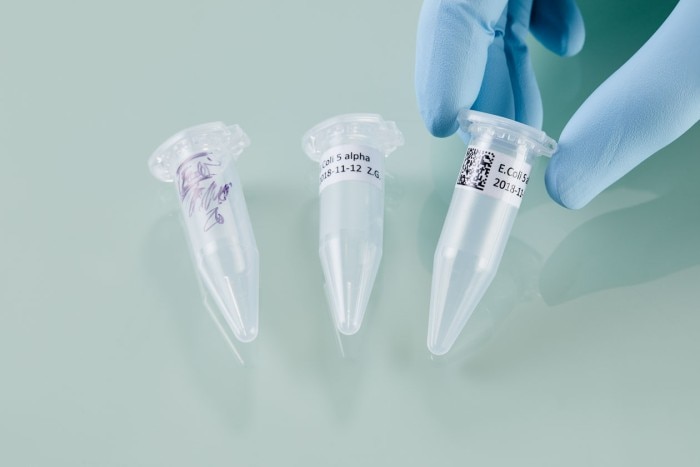
Too many labels to read manually?
Proper labeling is recommended to make reading as easy and reliable as possible for everyone. Printed labels affixed to vessels may contain either plain writing, a barcode, or both.
Smart labeling of your high-value samples is crucial for safe identification and finally for safe results. Barcodes are the next step to make safe sample identification as easy as possible.
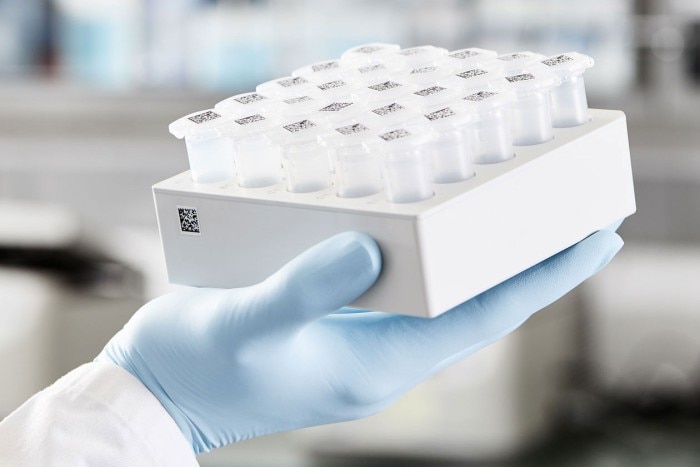
Still wrapping your light-sensitive samples?
Fluorescence labeled samples are light sensitive. Every sample in transparent tubes needs to be wrapped in aluminum foil to avoid bleaching the fluorescence molecules.
Avoid the time-consuming wrapping tubes by using amber tubes of the same size. Besides saving time, you’ll improve your sustainability footprint by avoiding the use of aluminum foil.
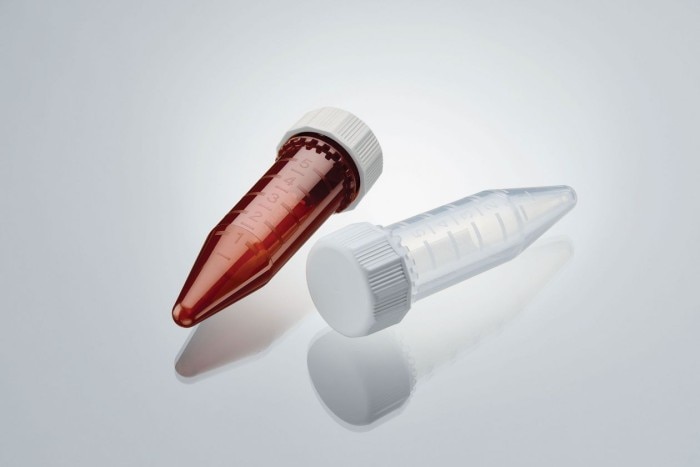
Lire moins
